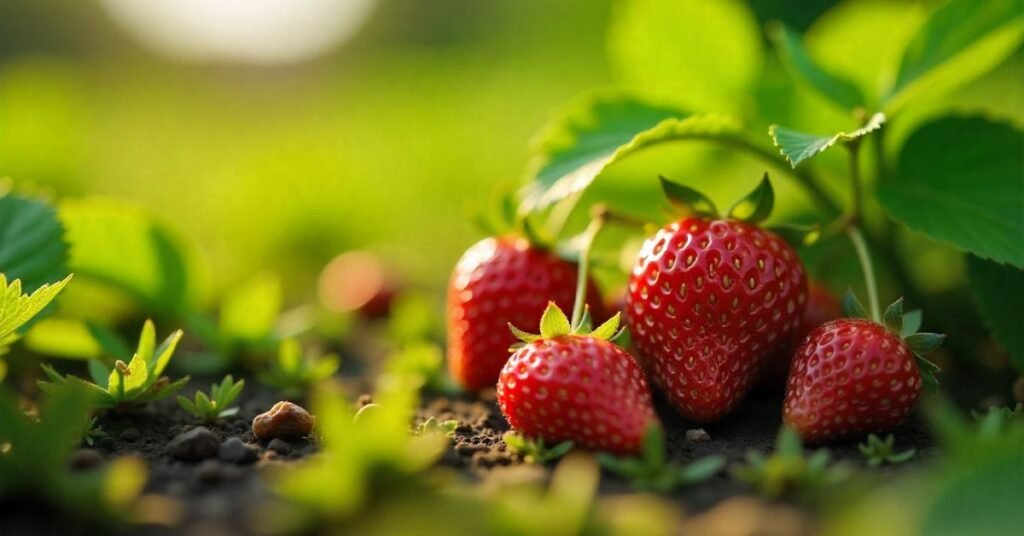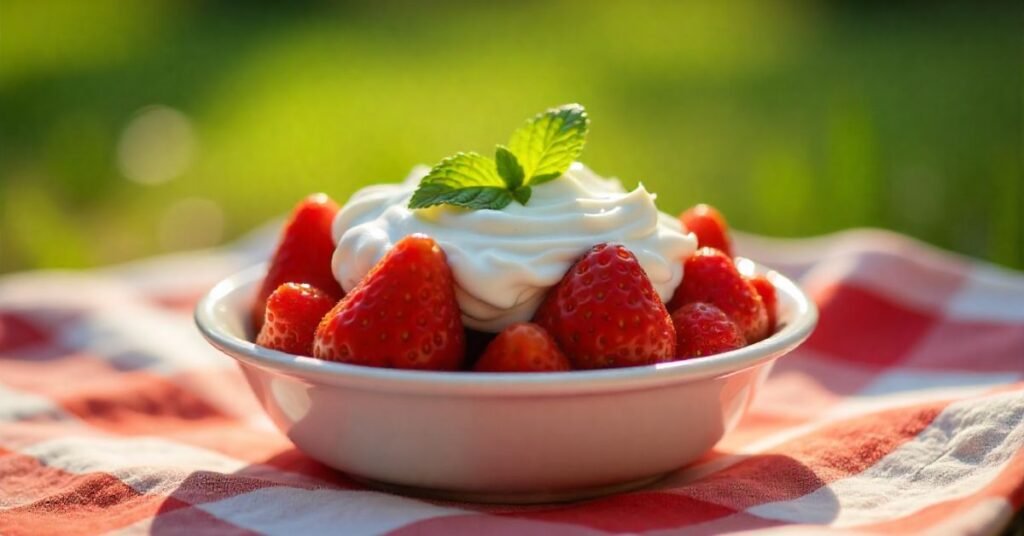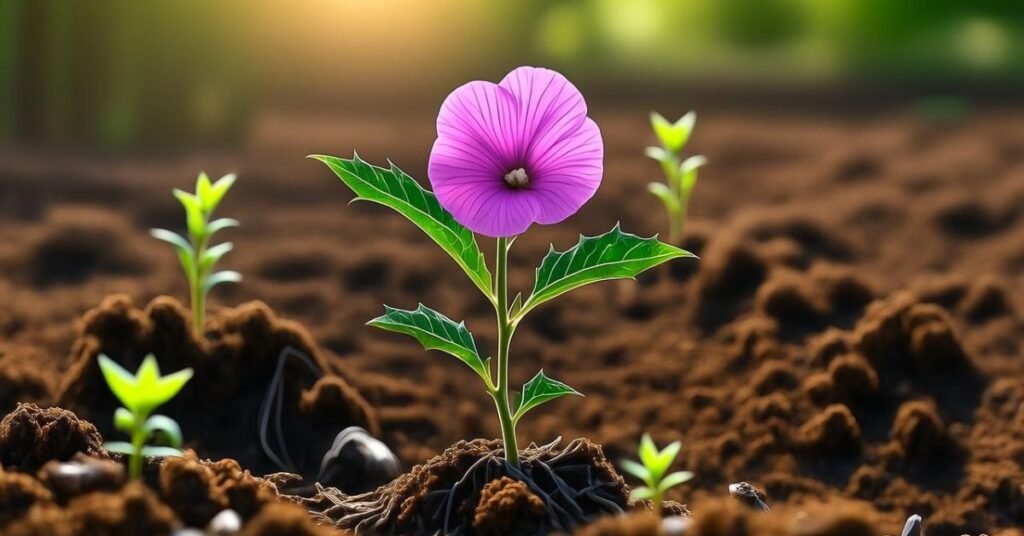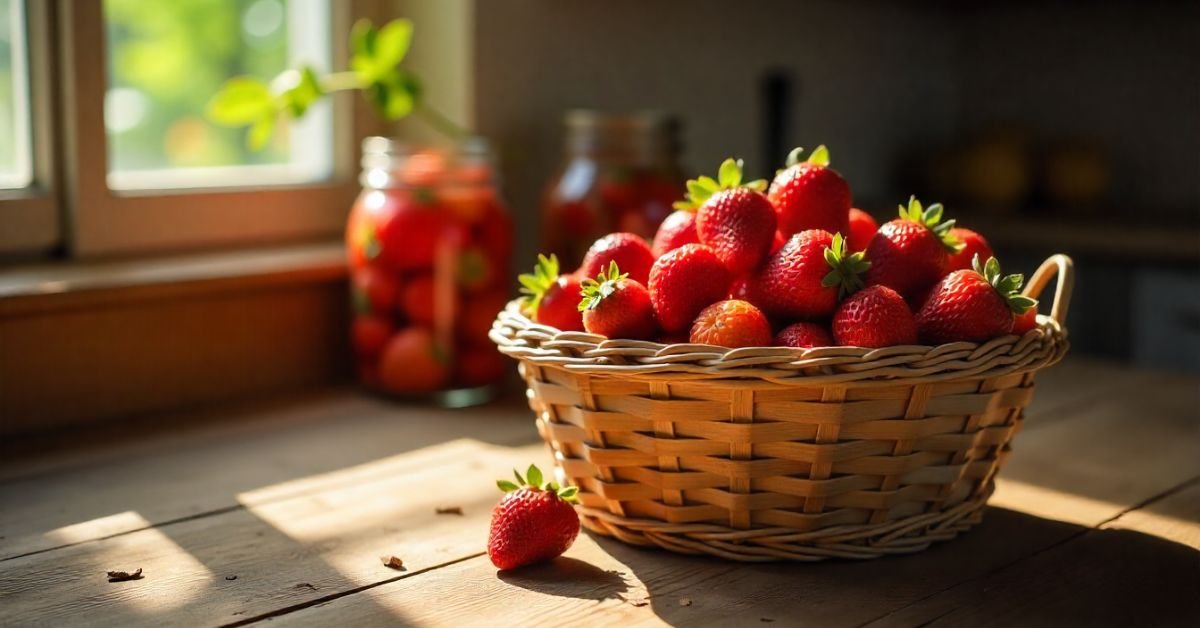Introduction
Day neutral strawberries are special plants. They produce fruit from spring until fall. Unlike June bearing types, they do not depend on day length. This means you get a steady supply of berries for months. They are perfect for home gardeners who love fresh strawberries often.
Imagine enjoying sweet berries in summer and still picking them in early autumn. Day neutral strawberries make this possible. They are easy to grow and rewarding. With the right care, you can enjoy harvests when other varieties stop producing. This makes them a favorite choice for many growers.
Planting is simple with rich soil and full sun. Pruning helps plants stay healthy and strong. Regular harvesting encourages more fruit. These steps keep your strawberries productive and sweet. With little effort, you can enjoy fresh berries almost all season long.
Day neutral Strawberry Varieties
Day neutral strawberry varieties give fruit through the season. They adapt well to different climates. You can grow them in beds, pots, or hanging baskets. They offer sweet taste and a steady harvest. Gardeners choose them for their long production.

Popular day neutral strawberry varieties include:
- Seascape :Produces large, sweet berries with rich flavor.
- Albion :Known for firm, juicy, and high yielding fruit.
- Tribute :Offers disease resistance and balanced sweetness.
- Tristar :Small berries with strong flavor and reliable crops.
- Evie-2 :Harvesting that is continuous and of good size early in the season.
Choosing a Site for Strawberries
Plant strawberries in the ground, raised beds, or containers where they receive 6 to 8 hours of direct sunlight daily, as less light reduces fruit. Avoid low areas where frost collects, since it can damage blossoms and limit harvest. Clear all weeds before planting because they compete for water, nutrients, and light while attracting pests and diseases. To prevent verticillium wilt, avoid sites where tomatoes, peppers, potatoes, eggplants, raspberries, or melons have grown in the past three years.
Preparing Soil for Strawberries
Strawberries grow best in well draining, slightly acidic soil rich in organic matter, with an ideal pH between 5.8 and 6.2; outside this range, nutrients become unavailable, leading to poor growth and little fruit. Test your soil to confirm pH, and adjust it with lime if too acidic or sulfur if too alkaline. Before planting, mix 2–3 inches of compost and a balanced fertilizer, such as a 5,10,10 formula, into the soil to support strong growth and better yields. For containers, always use pots with drainage holes and a commercial potting mix containing perlite or pumice to prevent soggy soil.
Managing Day Neutral Strawberries
- Remove flowers for the first 4 to 6 weeks after planting to promote vegetative growth.
- Allow plants to flower once they develop 5 to 6 expanded leaves.
- Remove runners regularly to boost fruit production.
- Harvest every 1 to 3 days, and pick every 1 to 2 days to reduce SWD infestation and improve yield.
- Control weeds by mulching, hand weeding, or hoeing between rows.
- Use cover crops between rows, but choose vigorous varieties at high seeding rates for best results.
Planting Strawberry Plants
Plant strawberries in spring when nighttime temperatures stay above 35°F and the soil is ready to work. Depending on your region, planting time may range from March to mid May, though some areas allow planting until mid June. Prepare bareroot or dormant crown plants by soaking the roots for two hours in a bucket of water mixed with one tablespoon of plant starter to reduce transplant shock.
Dig a hole large enough to spread out the roots of bareroot or potted plants. Keep the thick part of the crown above the soil surface about 1/4 to 1/2 inch higher than the soil surface. Cover the roots completely with soil. It is important to firm up the soil after planting and to water it well to help the plants settle and establish.
Enjoying Your Strawberry Harvest
Strawberry pickers should wait until the fruit is fully red and ripe. The best flavor comes from harvesting in the morning. Eat them fresh, or use them in desserts and salads.

Freeze extra berries to enjoy later. Share the harvest with family and friends. Fresh strawberries bring joy to every season.
Diseases for Day Neutral Strawberries
Day neutral strawberries can face different diseases during the growing season. These diseases affect leaves, roots, and fruits. If not managed, they can lower yield and reduce fruit quality. Gardeners must act early to keep plants healthy.
You can control many diseases by using clean soil, proper spacing, and crop rotation. Mulching and removing infected leaves also help. Choosing resistant varieties and avoiding wet soil reduce the chances of infections. Good care keeps plants strong and productive.
| Disease | Symptoms | Prevention/Control |
| Gray Mold (Botrytis) | Soft, gray, fuzzy growth on fruit | Improve air flow, remove infected fruit |
| Powdery Mildew | White powder on leaves and stems | Use resistant varieties, prune for airflow |
| Leaf Spot | Small dark spots on leaves | Remove infected leaves, rotate crops |
| Verticillium Wilt | Wilting, stunted plants, brown veins | Avoid planting in infected soil, rotate crops |
| Anthracnose | Dark sunken spots on fruit and stems | Mulch well, avoid overhead watering |
CULTURE
Day neutral strawberries grow well with proper care. Plant them in sunny spots with rich, well drained soil. Water them regularly to keep the soil moist but not soggy. Remove weeds to reduce competition and pests. Mulch around plants to protect roots and conserve moisture. Prune runners to direct energy toward fruit. Harvest often to enjoy fresh, sweet berries through the season.
Care for Day Neutral Strawberries
- Water plants regularly to keep soil evenly moist.
- To keep plants moist and prevent weeds, mulch around them.
- Remove runners to boost fruit production.
- Fertilize lightly during the growing season.
- Harvest berries often to encourage more fruit.
- Remove damaged leaves to keep plants healthy.
- Protect plants from frost with covers if needed.
Conclusion
Day-neutral strawberries are a great choice for long harvests and fresh flavor. With proper care, they stay healthy and productive. Simple steps like watering, mulching, pruning, and harvesting on time make a big difference. These plants reward you with sweet berries from spring to fall, making them perfect for every garden.
FAQs
1. What are day neutral strawberries?
Day neutral strawberries are plants that produce fruit continuously from spring to fall, regardless of day length.
2. How often should I water day neutral strawberries?
Water them regularly to keep the soil moist but not waterlogged.
3. Do day neutral strawberries need full sun?
Yes, they need 6 to 8 hours of direct sunlight daily for best growth and fruiting.
4. Should I remove runners from day neutral strawberries?
Yes, remove runners to encourage stronger plants and better fruit production.
5. Can I grow day neutral strawberries in containers?
Yes, they grow well in pots with good drainage and rich, well draining soil.


